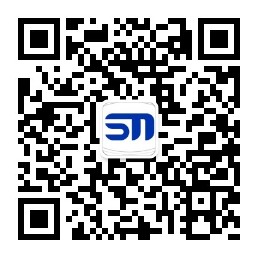Common faults of electronic tensile testing machines, instrument features and range selection
1. What are the common faults of electronic tensile testing machines (with solutions)
1. Abnormal vibration and noise
1·1 Please check whether the four feet of the machine are evenly in contact with the base. If not, please adjust the four feet to make them evenly in contact.
1·2 Check whether the system power supply voltage is normal and stable. If not, please replace a stable and normal power supply.
1·3 Check whether the screws of each part of the machine are loose. If loose, please tighten the screws.
2. Abnormal test data
2·1 Please first confirm whether the "test piece" is clamped firmly. If not, please clamp it firmly.
2·2 Please check whether the "force sensor" and "decoder" are set correctly. If not, please refer to the operating instructions and the setting is complete.
2·3 Please check whether the "force reset button" is pressed before the test starts
2. What are the instrument features of the electronic tensile testing machine
1. The test accuracy better than 0.5 is far ahead in the industry, effectively ensuring the accuracy of the test results
2. An electronic tensile testing machine integrates seven independent test programs such as stretching, peeling, tearing, and puncture, providing users with a variety of test project options
3. The ultra-long stroke of 1000mm can meet the test of materials with ultra-large deformation rates
4. Multiple specifications of force sensors and seven test speed options provide convenience for users to test under different test conditions
5. Microcomputer control, menu interface, PVC operation panel, and large LCD display are convenient for users to operate quickly
6. Limit protection, overload protection, automatic return , and power-off memory and other intelligent configurations to ensure user operation safety
7. Professional control software provides a variety of practical functions such as statistical analysis of grouped samples, test curve superposition analysis, and historical data comparison
8. Support Lystem laboratory data sharing system to uniformly manage test results and test reports
3. How to choose the range of electronic tensile testing machine
1. Familiar with the product
The manufacturer must first have a basic understanding of the physical properties and related data of the product. The closer the selected range is to the material force value, the more accurate the test data will be.
2. Later expansion of the product
The selection of the range should also increase the "width", that is, to consider the future trend of the product, such as the increase in force value, which is conducive to avoiding the limitations of the test instrument range test.





 Tel:13556033107
Tel:13556033107 E-mail:gzsnyq@vip.163.com
E-mail:gzsnyq@vip.163.com 




